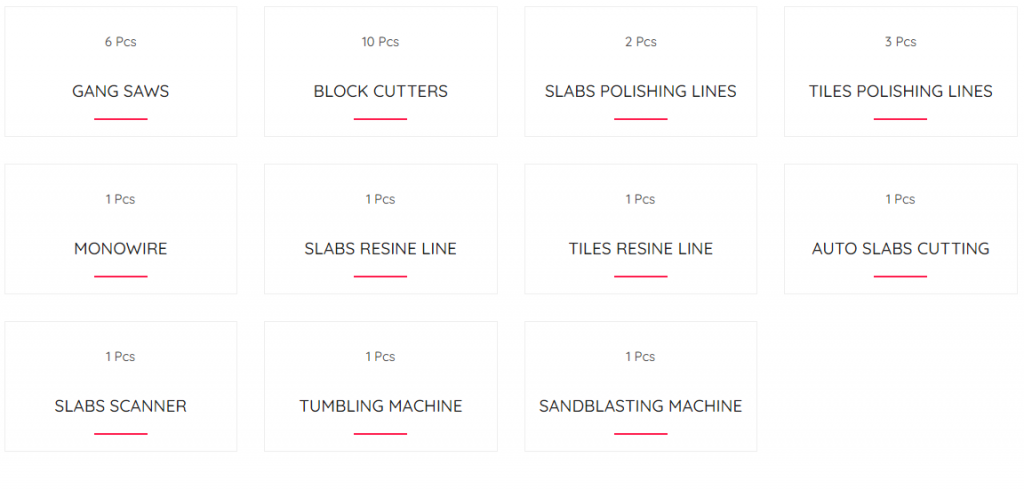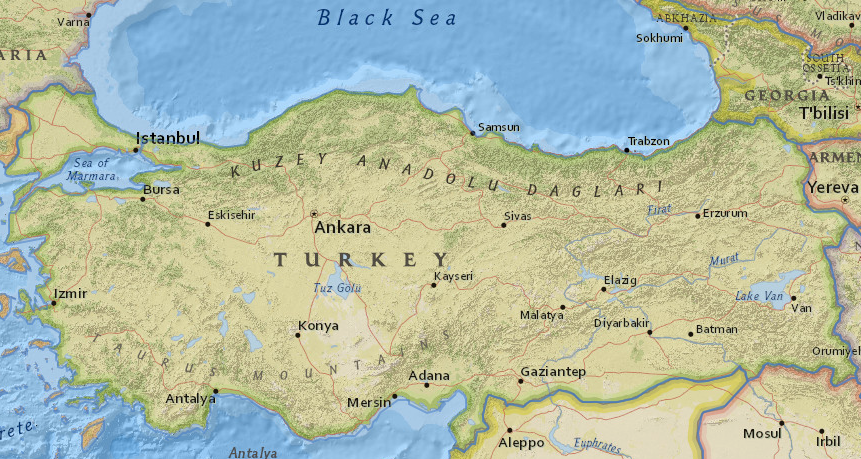
Did you know that Turkey is one of the oldest countries in terms of natural stone production?
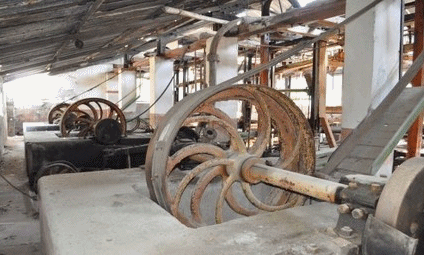
Its history as a producer goes back four thousand years, starting from Marmara Island.
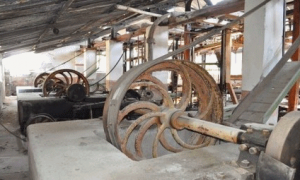
Even today, Marmara and Aegean regions are at the forefront in terms of production volume. However, almost all Turkey areas have natural stone mines. This abundance means that over four hundred different colours, patterns, and textures of natural stone are found in Turkey. There are over one thousand big and small mines all over the country.
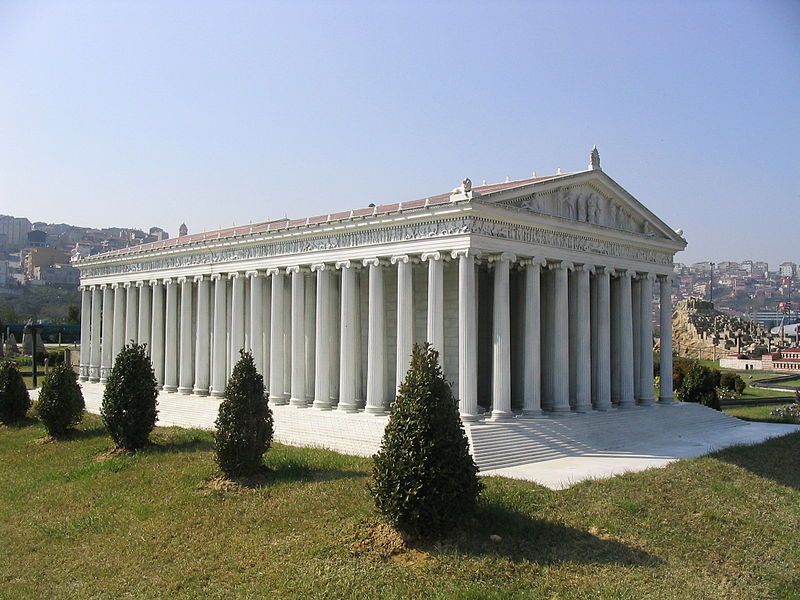
The Temple of Artemis, one of the essential structures of ancient Greek and one of the Seven Wonders of the World, was located in the ancient city of Ephesus. Artemis, the first temple in the world constructed entirely with marble, and the columns were Marmara Island, is thought to be built in 550 BC by the king Croesus of Lydia.
Marble and travertine are the most critical types of stone being mined, but there are also onyx, granite, limestone, basalt, andesite, flagstone, and diabase on offer to the world market.
MARBLE is a non-foliated metamorphic rock formed from heated limestone that comes in various colours, such as white, yellow, reddish, and green. It contains mainly calcite and dolomite, with impurities creating multiple colours and vein-like patterns. It’s valued for its strength, beauty, and versatility and is often used for construction, sculptures, furniture, floors, vanities, tiles, and ornaments. However, it’s vulnerable to erosion, fire, and acidic liquids. Therefore, regular cleaning and sealing will help maintain its glossy look.
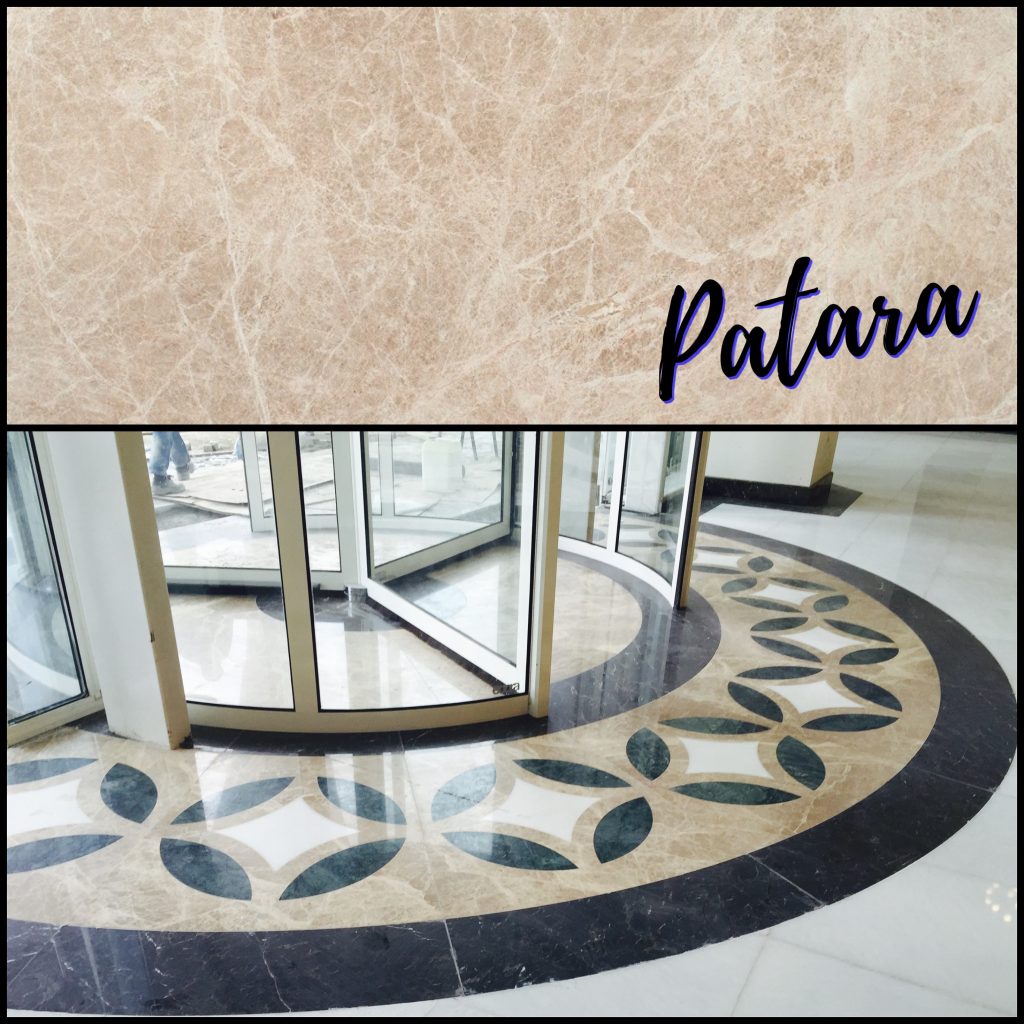
TRAVERTINE forms from limestone near hot springs. Carbon dioxide bubbles get trapped in the layers, leaving small holes in the stone. Although not very durable, it can be polished and used in high-traffic areas if the holes are filled. The primary use is walls, tiles, paving, curbing, furniture, and vanities. However, it’s sensitive to acidic substances and requires a penetrating sealer to prevent damage. Travertine comes in cream, beige, brown, pink, red, and gold, but the colours vary.
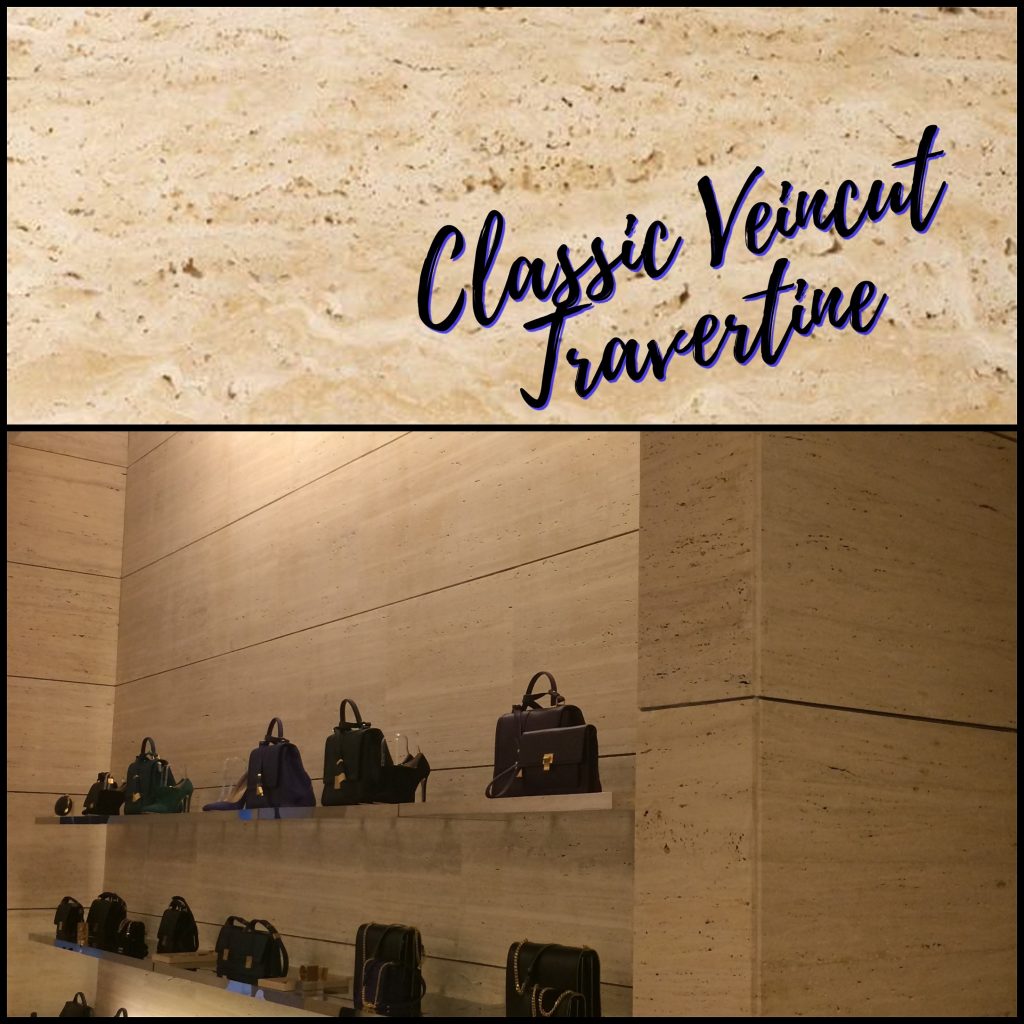
ONYX is a soft, fine-grained stone from calcium layered under heat and pressure in limestone caves. It is opalescence or translucence with spectacular patterns and vibrant colours ranging from earthy reds, browns and greys to various pastel greens, creams, gold, amber and white. Onyx products consist of tiles, tables, hand basins, vases, bowls and ornaments that can be backlit, as the light will shine through the stone. They are usually highly polished to bring out the beautiful patterns and colours in the stone.
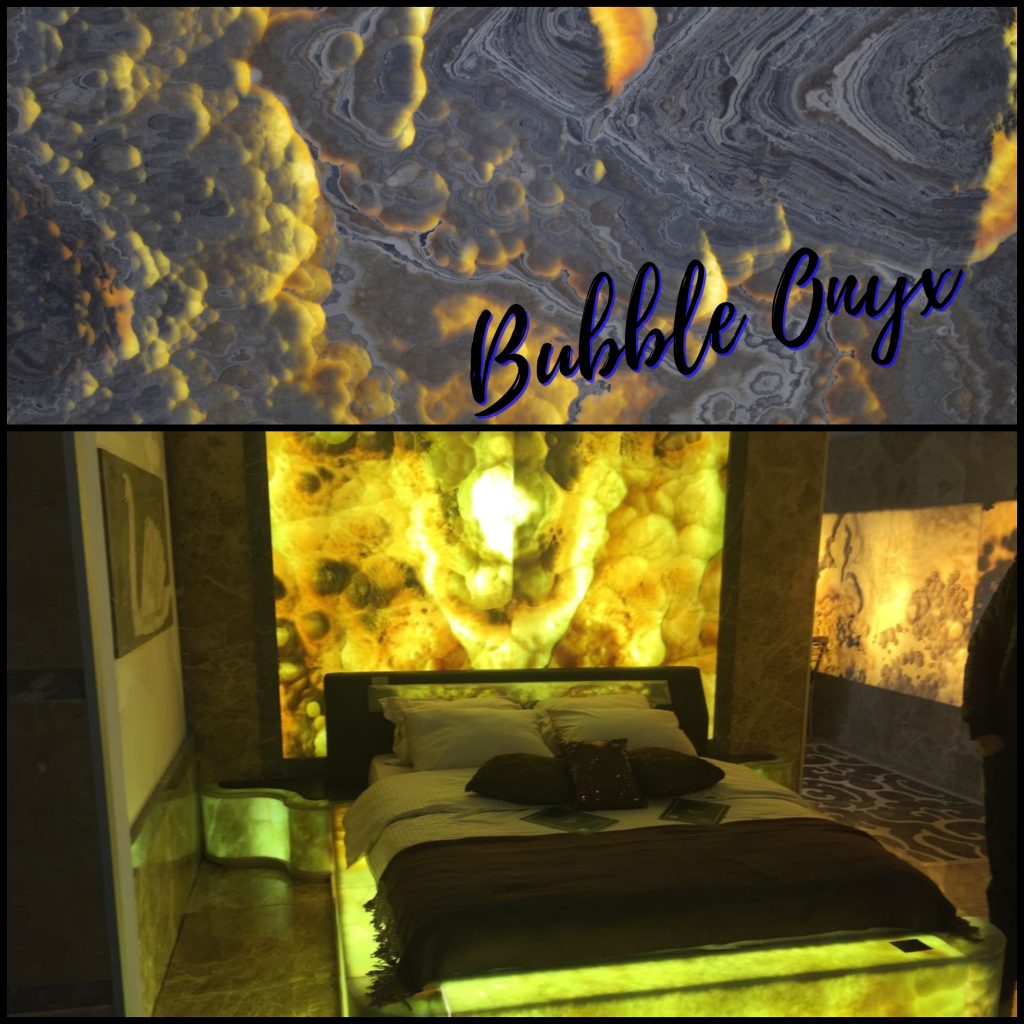
LIMESTONE forms from the remains of calcium-rich organisms such as shells and bones. It’s a highly coveted building material due to its malleability, colour varieties, and hardness levels. It is perfect for structures like floors, countertops, fireplaces, etc. However, it’s essential to note that limestone is vulnerable to liquids and acidic substances, making it necessary to use a sealer for protection. Limestone comes in various colours, including grey, beige, tan, white, pink, green, and yellow.
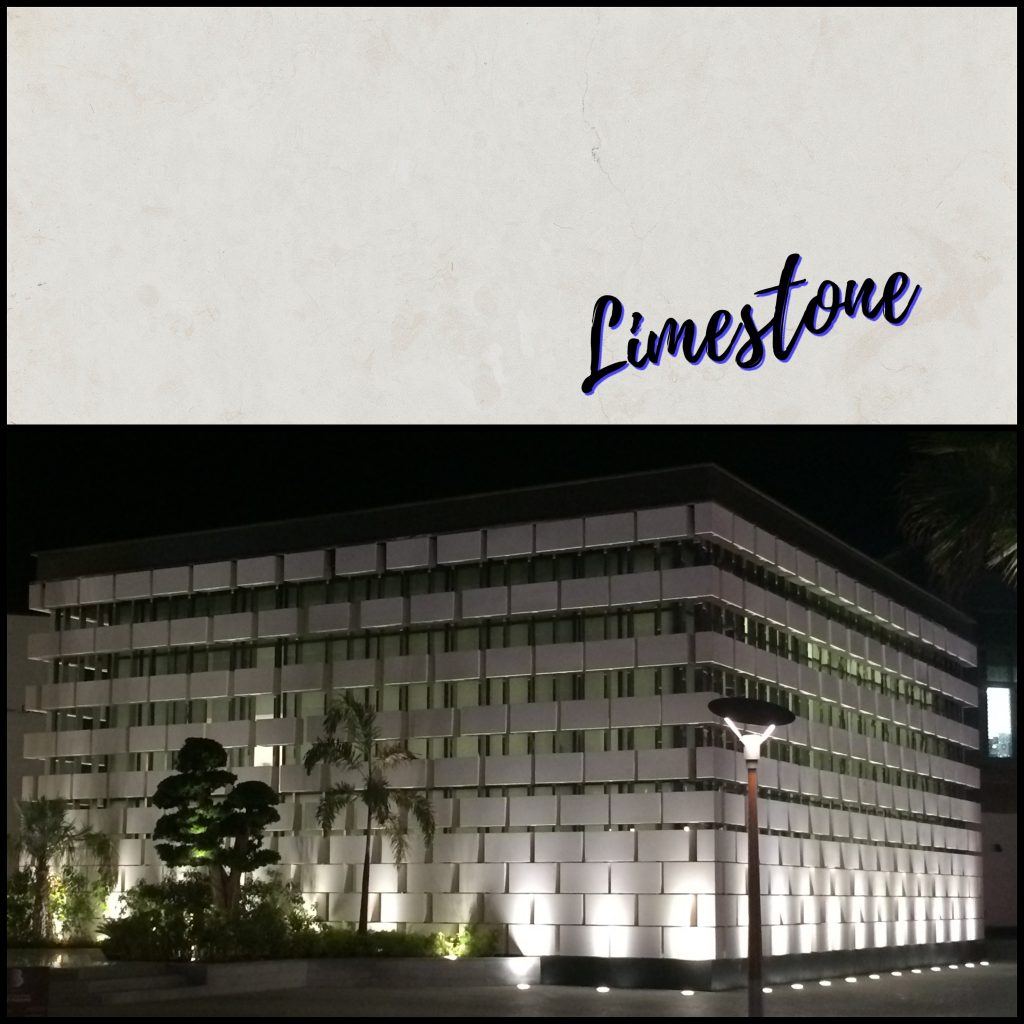
GRANITE is a strong, durable stone with a coarse grain and large crystals that give it a flecked appearance. It contains minerals like potassium, feldspar, quartz, and mica. It’s used for indoor applications like kitchen benchtops, bathroom vanities, floors, furniture, and outdoor structures like bridges, monuments, retaining walls, and steps. Polished granite is heat, bacteria, fire, and scratch-resistant and maintains its colour and finish well. It’s available in shades of black, grey, brown, red, pink, and yellow.
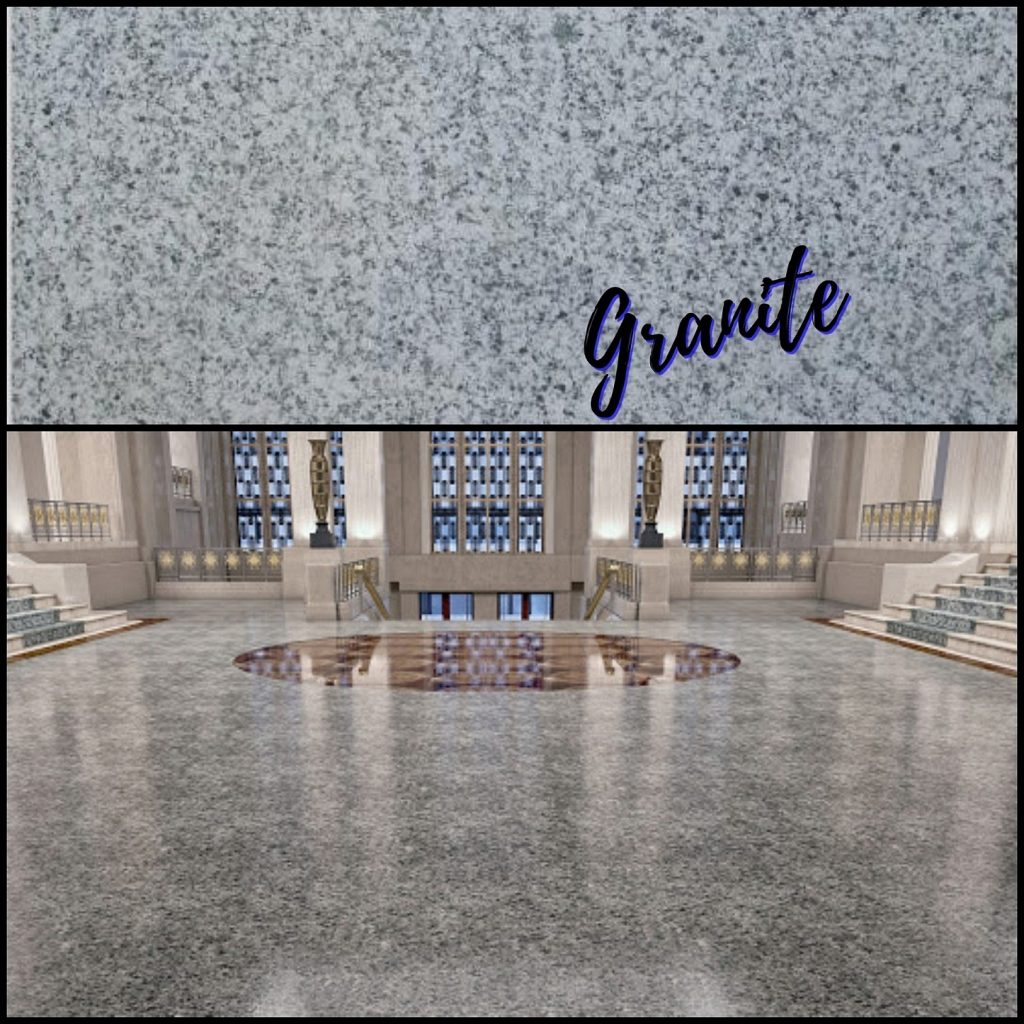
BASALT is a hard and fine-grained extrusive rock containing small crystals. It was traditionally used for constructing cobbled roads and walkways due to its sturdiness and efficient water drainage, allowing it to dry quickly. Its unique texture also provides a non-slip surface. It is commonly used for outdoor areas such as paving, stairs, exterior wall cladding, ponds, landscaping, and pathways, and indoor applications such as countertops, walls, and floors. Basalt typically comes in shades of blue, grey and black.
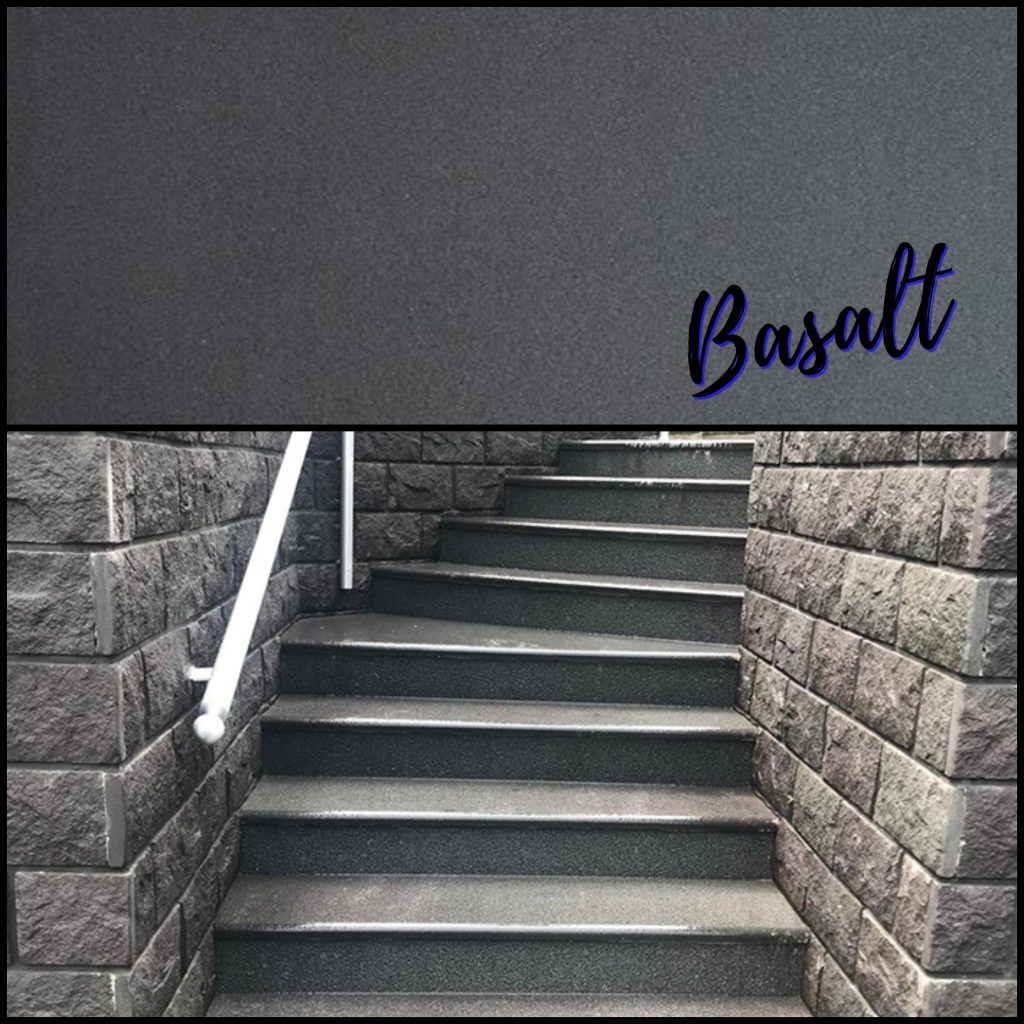
ANDESITE is an extrusive igneous rock intermediate in composition between rhyolite and basalt. Because of its strength and durability, it is used in roads, irrigation canals, railway constructions and in creating monuments, statues, and sculptures. Due to its hardness, it is most preferred for fences, walls, floors, pillars, gardens, etc. The colour options are limited to grey, brown and pink.
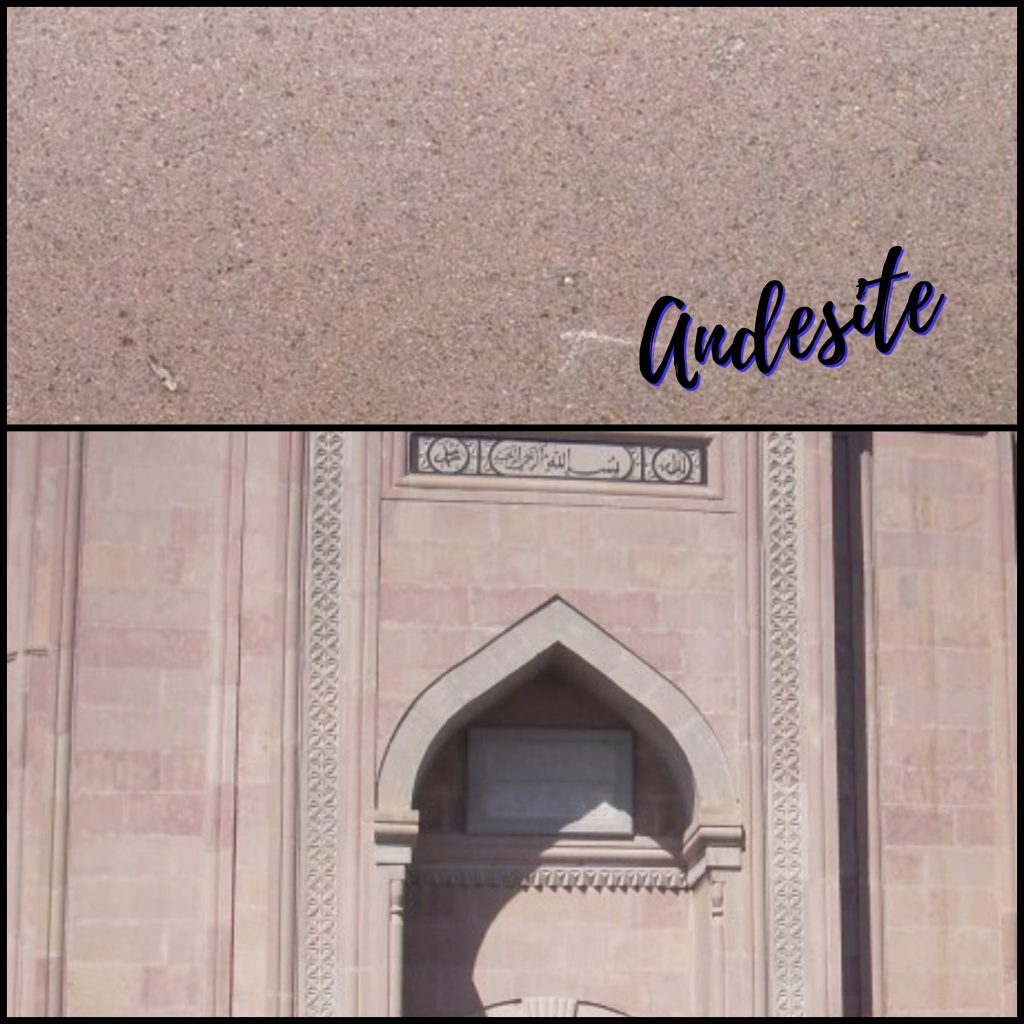
QUARTZITE is a fascinating rock from sandstone under high heat and pressure. The tiles made from quartzite often have a glistening texture as individual quartz pieces recrystallize in the intense heat. Quartzite is renowned for its strength, beauty, and rustic appearance. Not only that, but it’s also eco-friendly. It’s commonly used for indoor and outdoor flooring, landscaping, roofs, and wall cladding, as it’s durable and easy to maintain in big and small construction projects.
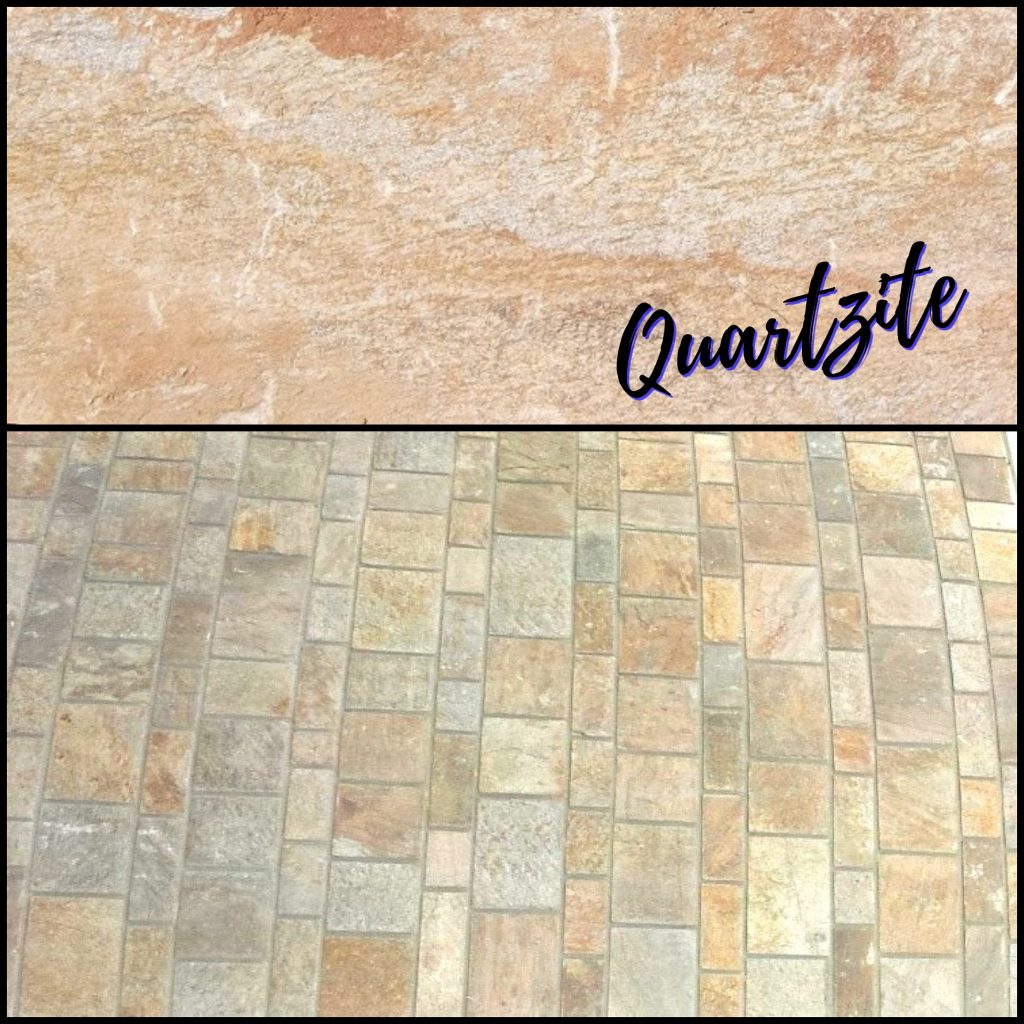
DIABASE is a versatile, intrusive igneous rock. It has a dark grey to black, fine-grained appearance and can be cut into various shapes and sizes. It’s commonly used for creating structural elements and decorative features such as stair treads, window lintels, countertops, flooring tiles, columns, and facing stones. Despite being called “black granite,” it’s technically not granite. However, it’s still a durable material suitable for patio stones, curbing, pavements, dimensional stones for monuments, burial markers, gateways, directories, memorials, and more.
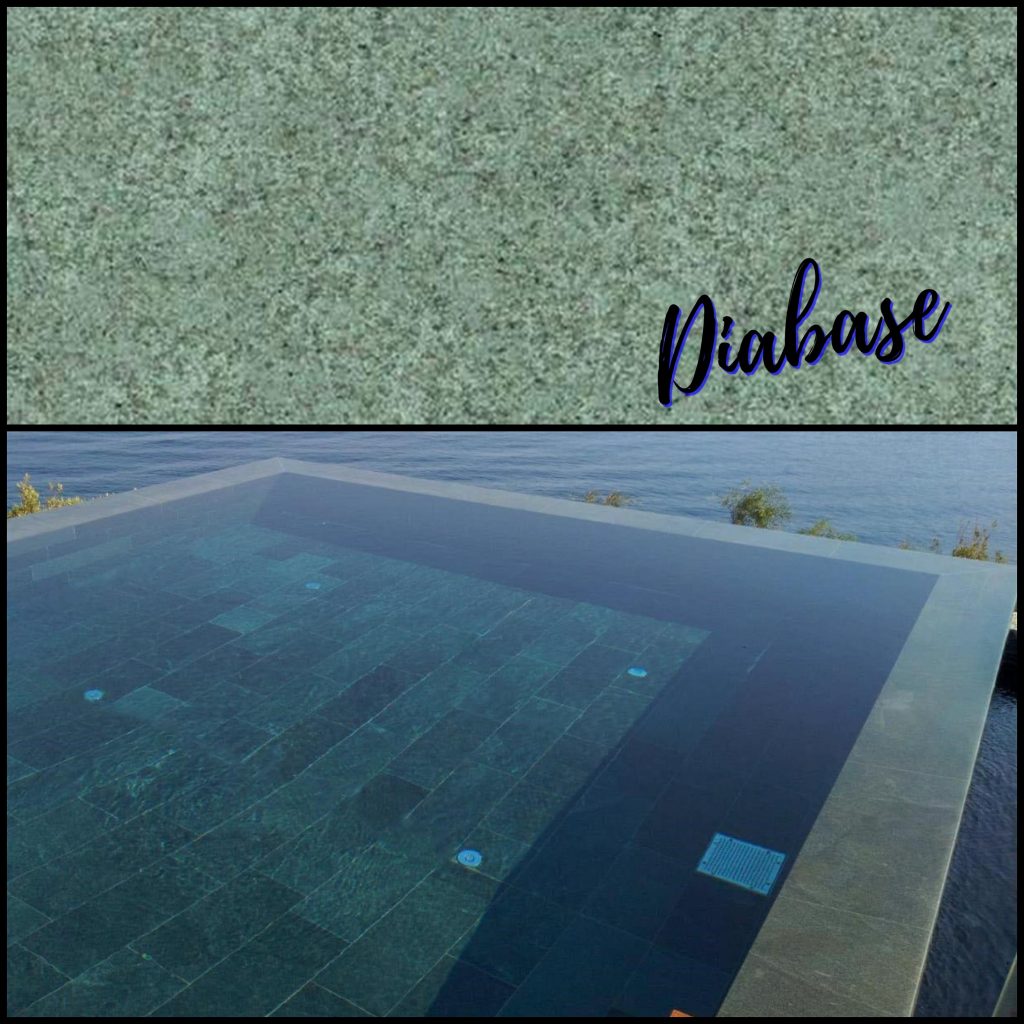
Overall, Turkey is one of the most important natural stone producers worldwide, and it has a lot of advantage compared to its competitors. From the European perspective, one of the main points is that Turkey is right at its doorstep, making transportation quick, affordable, and with a moderate carbon footprint.
The advantages do not stop there. Turkey’s natural stone industry is also modern and well developed, with a dynamic sector structure and new technologies being utilized. As a result, it has an impressive variety of materials and huge reserves.
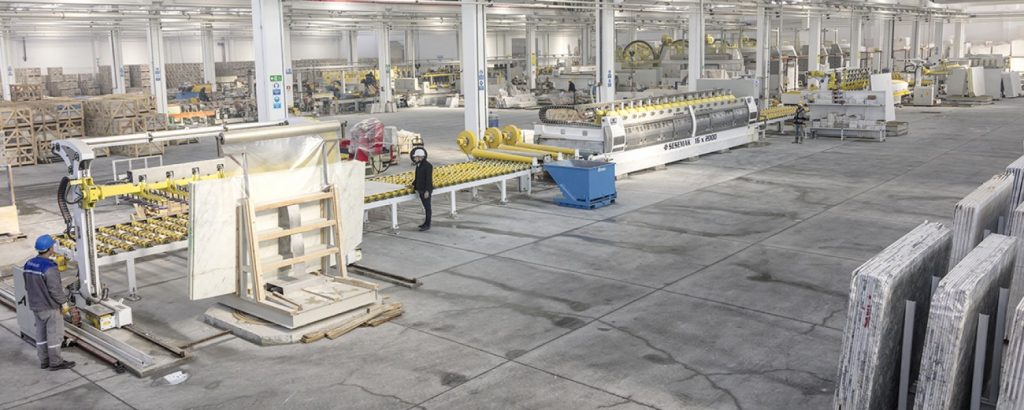
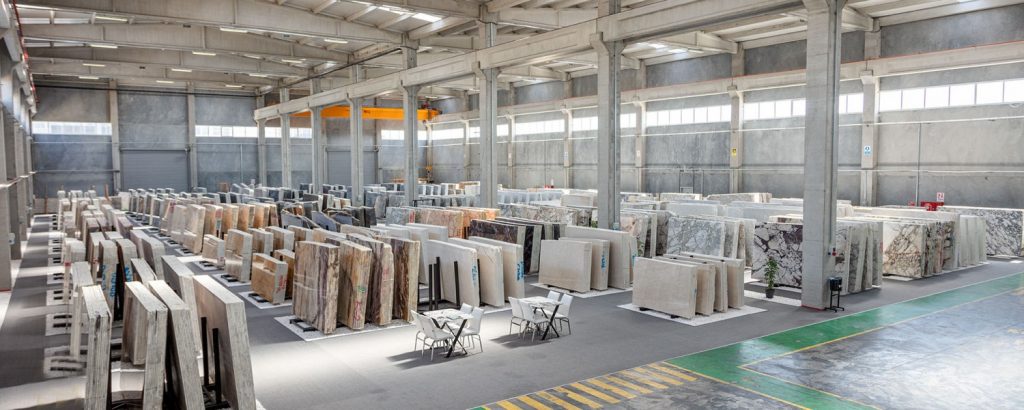
Generally speaking, the natural stone types quarried in Turkey can be described as high and uniform quality free of cracks and other defects with many colour options sufficient to yield big blocks. There is a lot to choose from when it comes to patterns, and the colours and crystal compositions can be arranged for decorative purposes.
